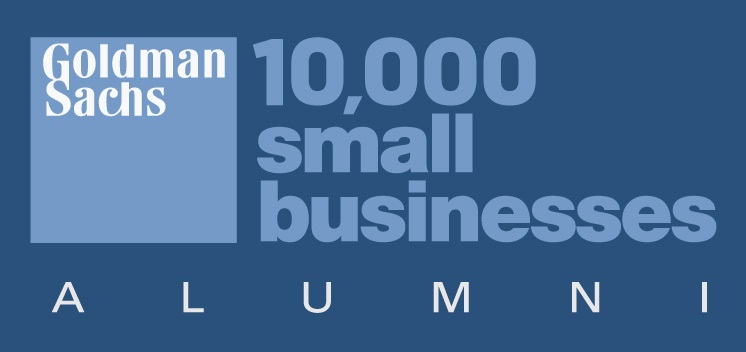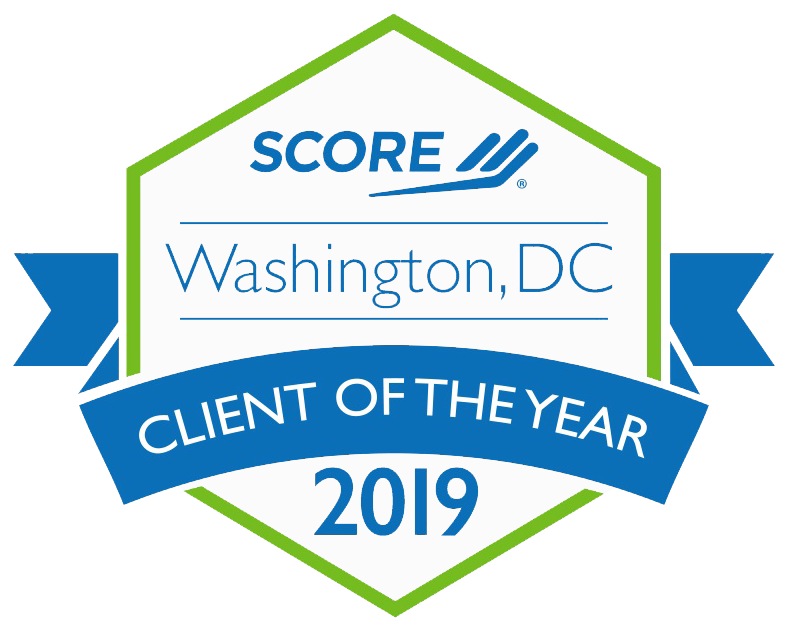The Importance of Professional Development
Every industry has critical resources and infrastructure. We have all had a front row seat to experience how fragile those resource and infrastructure pipelines can be (think of early pandemic toilet paper shortages). In the nonprofit industry, along with just about every other industry, people are the most critical resource. Did you know the nonprofit sector is the third largest industry by employment, behind only retail and hospitality, employing more than 12 million people (Johns Hopkins Nonprofit Economic Data Project, 2020)? In most states, one out of every ten workers are in the nonprofit sector.
In a June 13, 2022 Forbes article entitled, “The Great Resignation’s Impact on Nonprofits and What to do About It”, author Stephen King notes, “Nonprofit HR’s 2021 Nonprofit Talent Retention Practices Survey found that 42% of responding nonprofit leaders expected their employee turnover rates to increase in the coming year, and 80% of respondents said that their organizations did not have a talent retention strategy in place.” Siting the same survey, he also noted the second most common reason for voluntary employer turnover at 44% was invisible career paths, including lack of opportunity, career growth, or professional development.
Combining the critical nature of the role nonprofits play in the fabric of society, the high number of people engaged in this sector, and the strong desire to grow as an individual within this career, it cannot be understated the importance of professional development as a pipeline to nonprofit success. And critically even more so now as the nonprofit industry faces the same challenges as other industries brought on by the Great Resignation.
Unfortunately, it is all too common for nonprofits to look first to cut professional development spending when funds are short or income decreasing. This is the exact opposite of the path to success. Invest in your people first, it will provide strength and stability, as well as attract others to you during challenging times. Nonprofits are not immune to Glassdoor reviews and employee subreddit chains that let others know what it’s really like on the inside of certain nonprofits. Having a reputation for taking care of your employees, creating pathways to success for them, and providing ongoing support through professional development will do wonders to your employee retention, attraction, and growth opportunities.
Professional development can take on innumerable forms from traditional conferences and workshops to online topical webinars, coaching and mentorship, and ask the expert sessions. Moving beyond the required continuing education components required by certain industries such as education or healthcare to providing true growth opportunities for your employees will set you apart as a leader in the industry.
Here are three ways to incorporate professional development opportunities into your staff development, retention, and attraction plans:
- Association Membership – Find the association that makes the strongest connection for each employee. Pay for their membership and provide them with time to participate in the activities, networking, and professional development. Those specific to fundraising roles might include Association of Fundraising Professionals (AFP), Grant Professionals Association (GPA), National Grant Management Association (NGMA), and the association/nonprofit section of the Public Relations Society of America as just a few examples.
- Workshops/Webinars/Conferences – Sometimes related to the Associations mentioned above, but also available through platform and software providers, nonprofit collectives, and even general public platforms like YouTube, LinkedIn Learning (formerly Lynda.com), and Udemy. These platforms provide short course learning, and microtopic tracts for the entire gamut of learning. Consider dedicating part of every person’s role to online professional development whether an hour a month, an hour a week, or fifteen minutes a day. Then provide outlets for them to share what they’ve been learning in staff meetings or other venues.
- Mentorship/Coaching – Ideally suited to pairing newer and longer term employees, cross-team departments, and internal and external experts. This is a great way to build career pipelines, help staff navigate challenges, and provide a way for those nearing the end of their career to transition well and share their deep knowledge. But don’t overlook the reverse mentorships, those where skill set drives leadership versus age or experience. For instance, it might just be the Millenial that has only been on staff for six months that could be a mentor to a technology-challenged early Gen X’er.
RBW Strategy regularly presents at conferences, and offers trainings, and other resources (such as our newsletter and social media) that provide fundraisers with ongoing professional development resources. Feel free to get in touch, we’re happy to help!
Do you need a thought partner to help you leverage these actions or values-aligned team support? Reach out to us at info@rbwstrategy.com to see what we can accomplish together.





